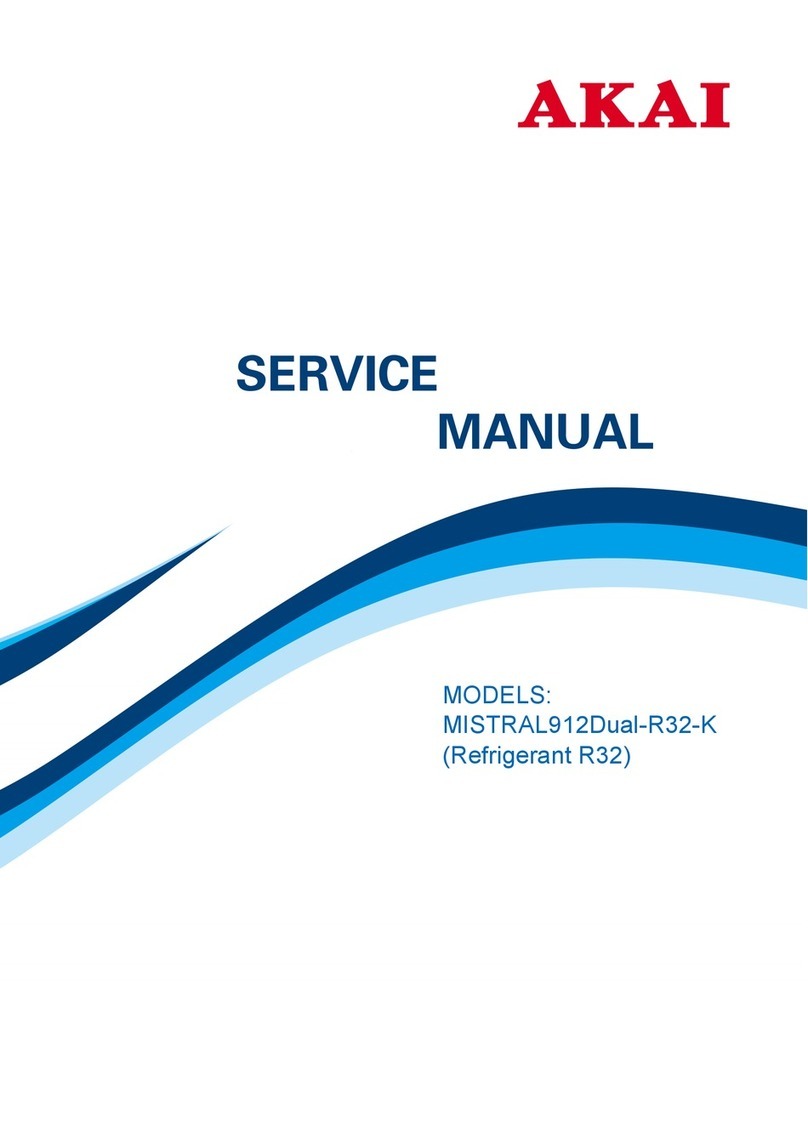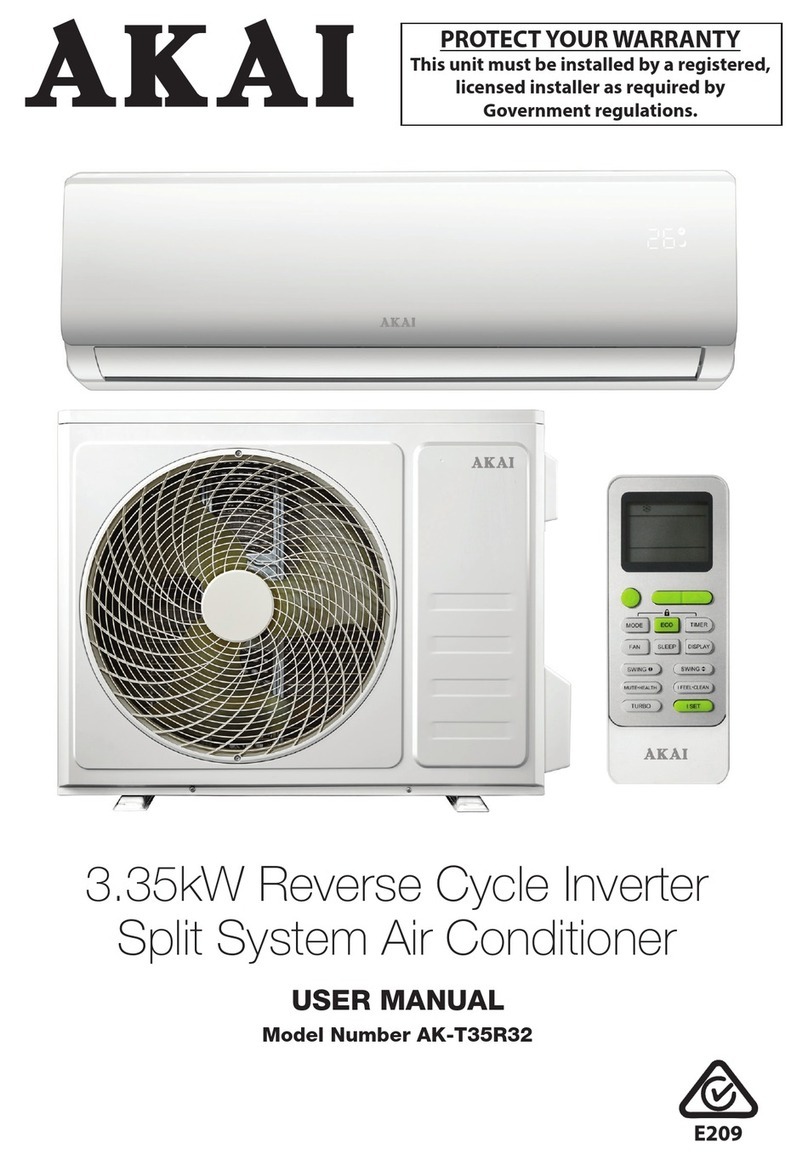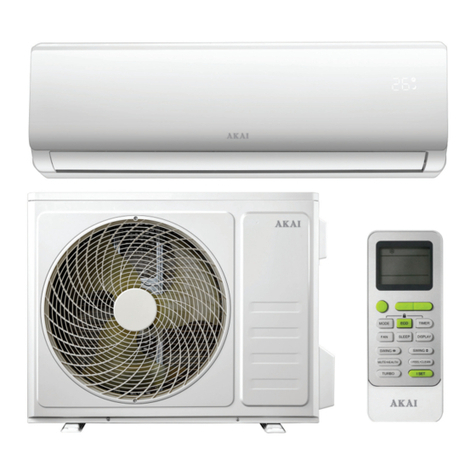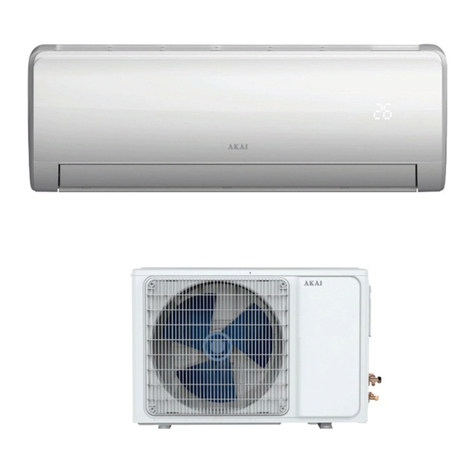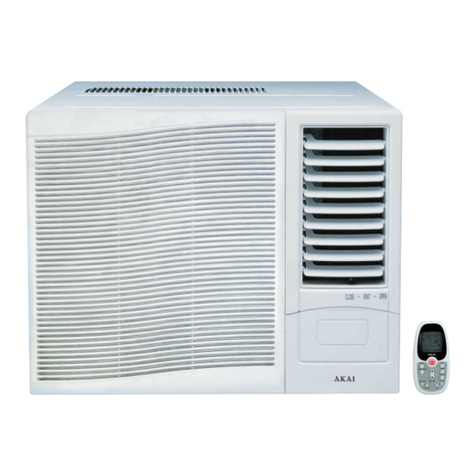Akai AK-9000-RC User manual
Other Akai Air Conditioner manuals
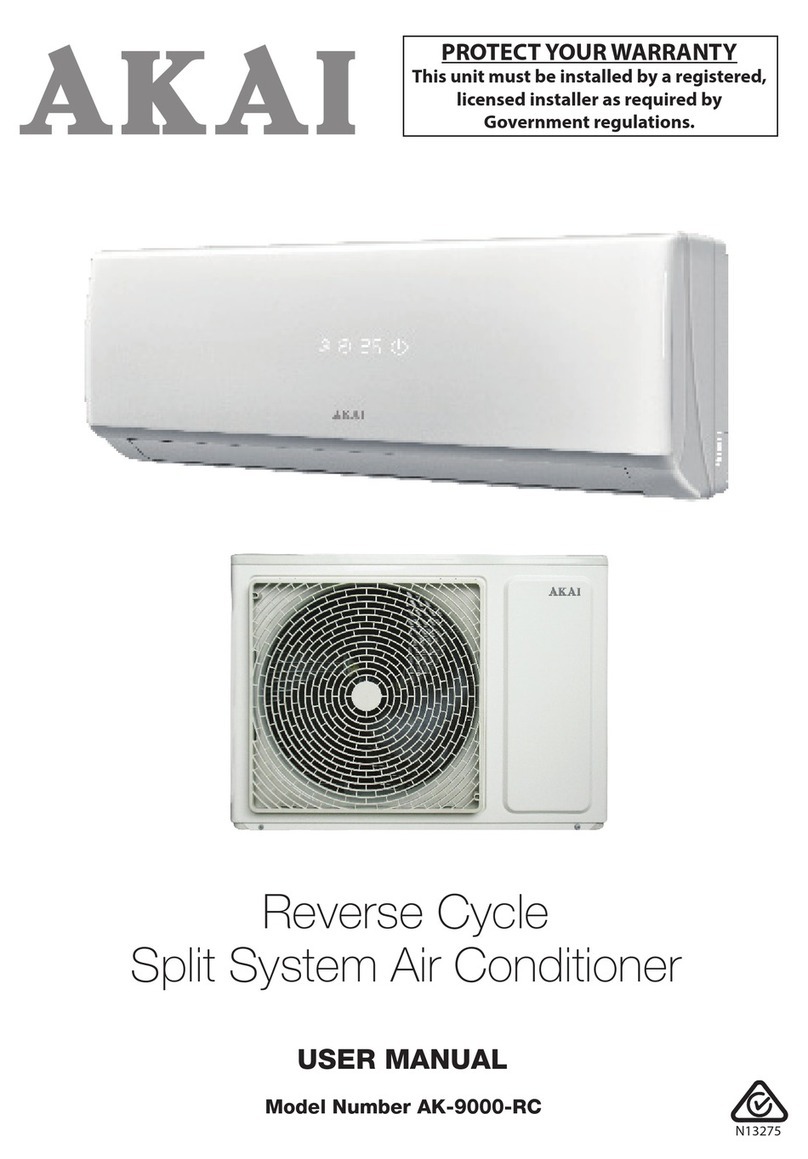
Akai
Akai AK-9000-RC User manual
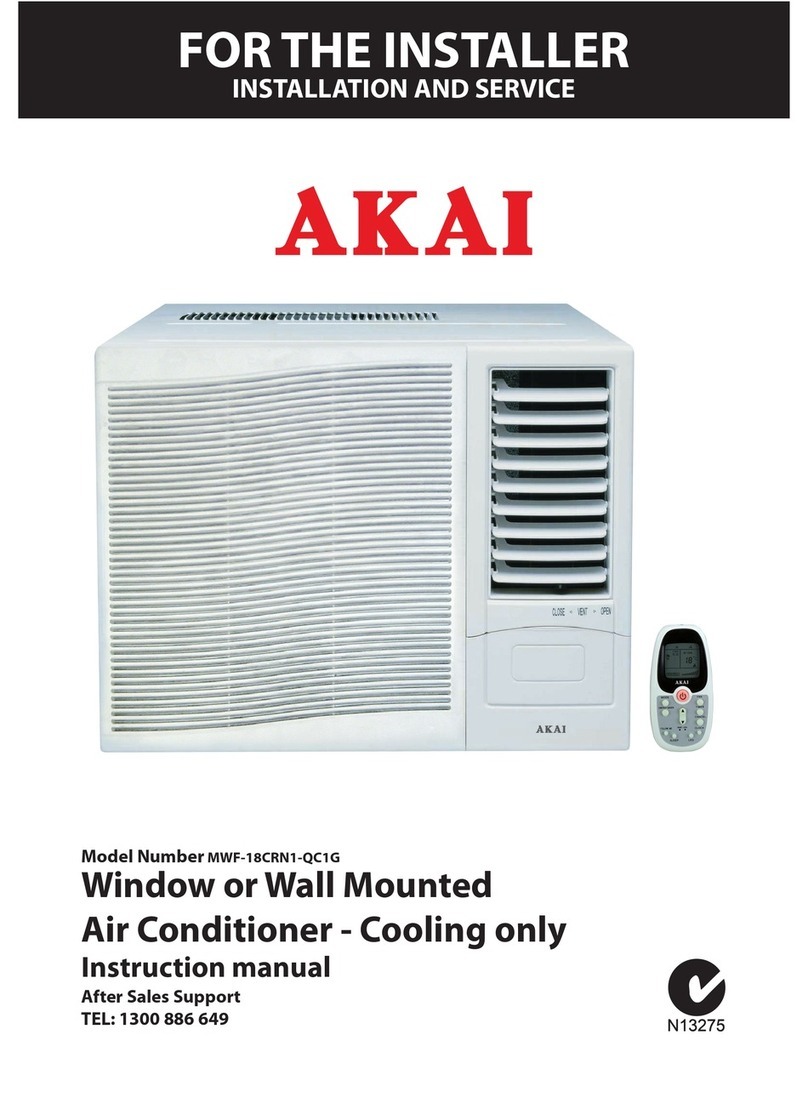
Akai
Akai MWF-18CRN1-QC1G User manual
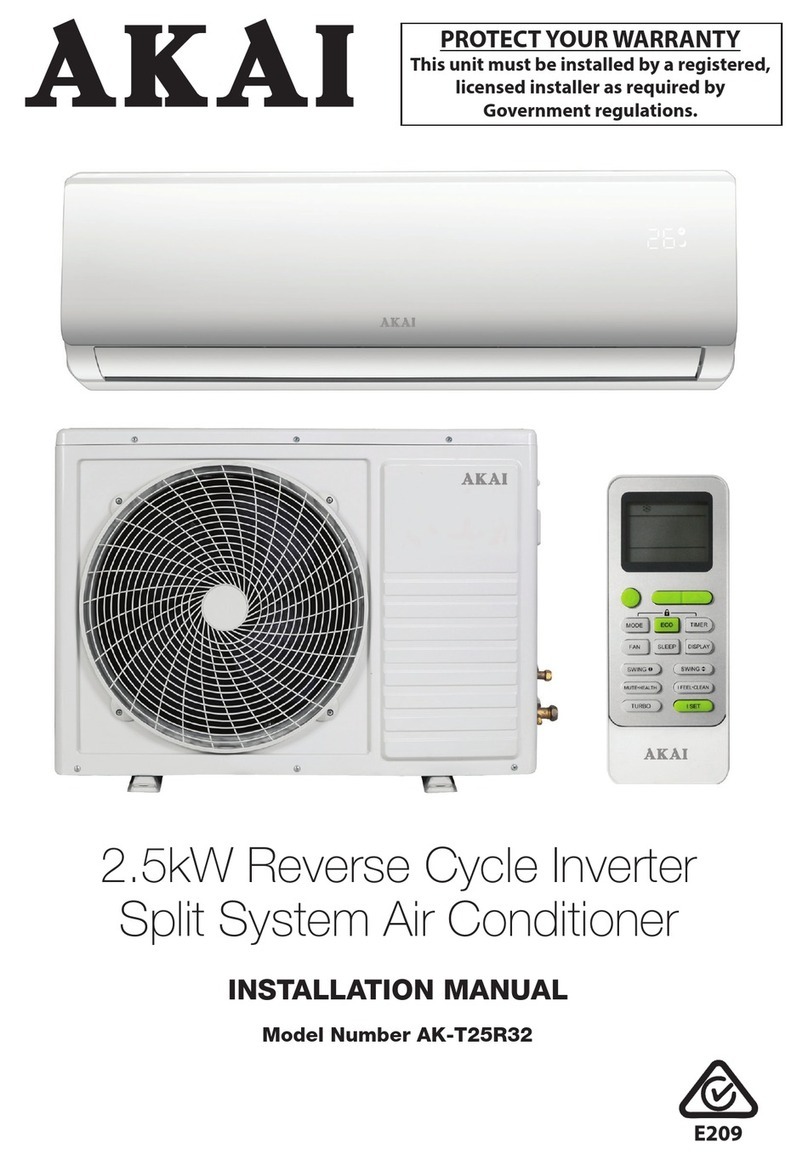
Akai
Akai AK-T25R32 User manual

Akai
Akai AUS-12H53R150P9 User manual
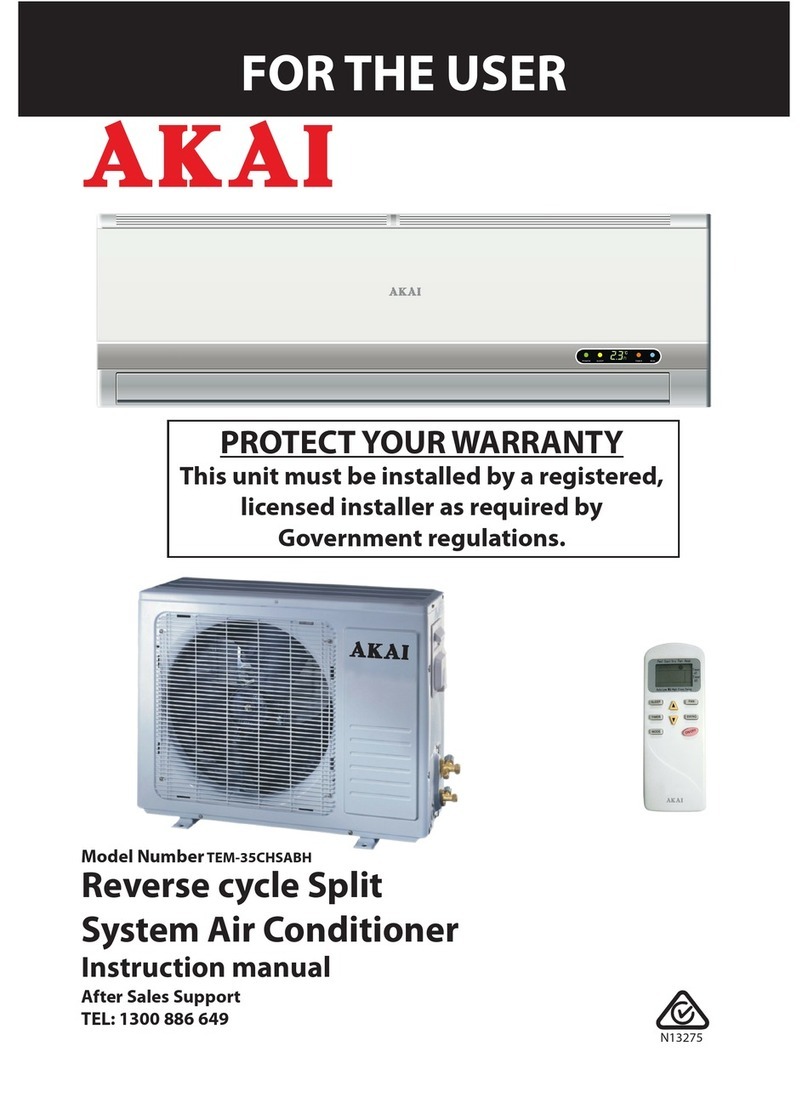
Akai
Akai TEM-35CHSABH User manual
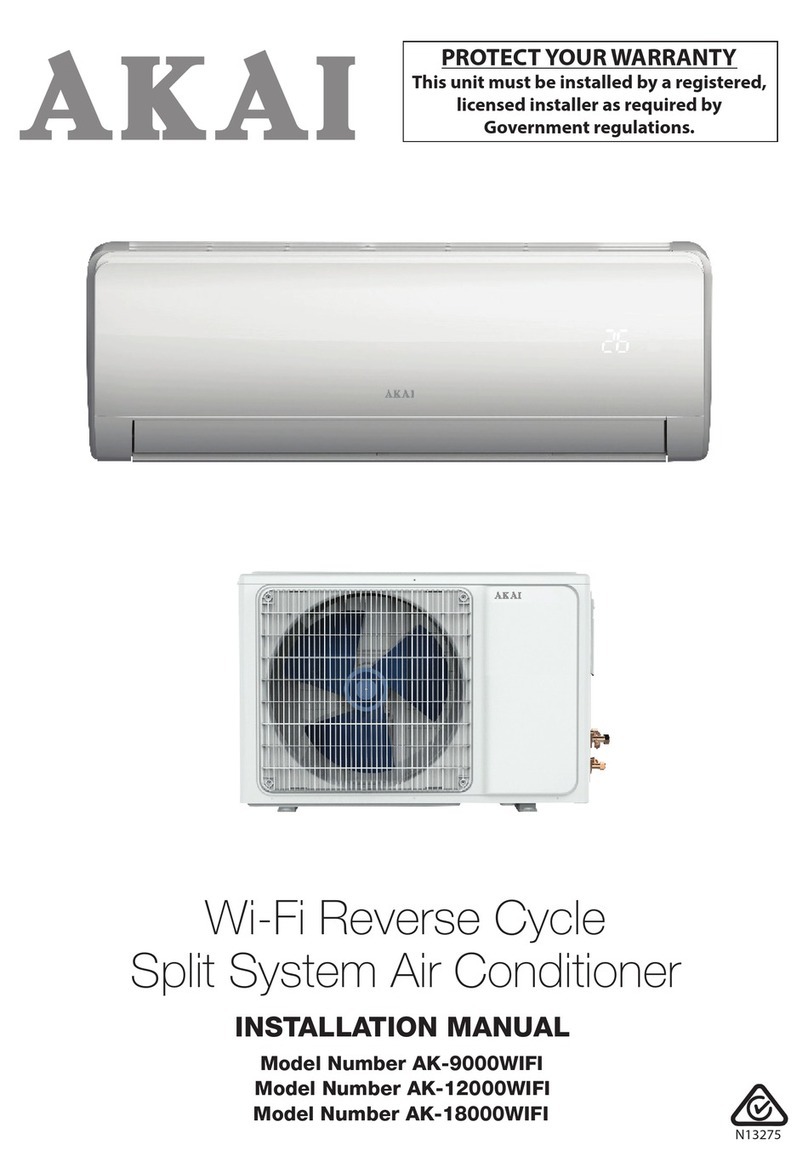
Akai
Akai AK-9000WIFI User manual
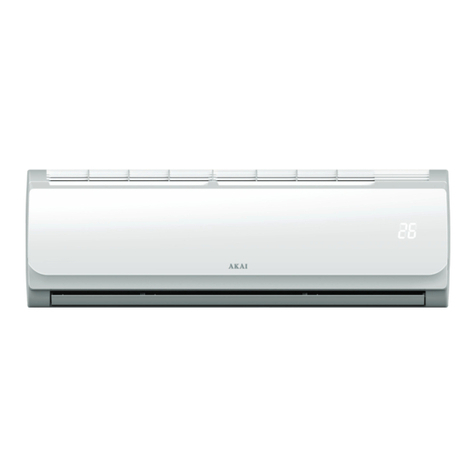
Akai
Akai AK-9000-F User manual
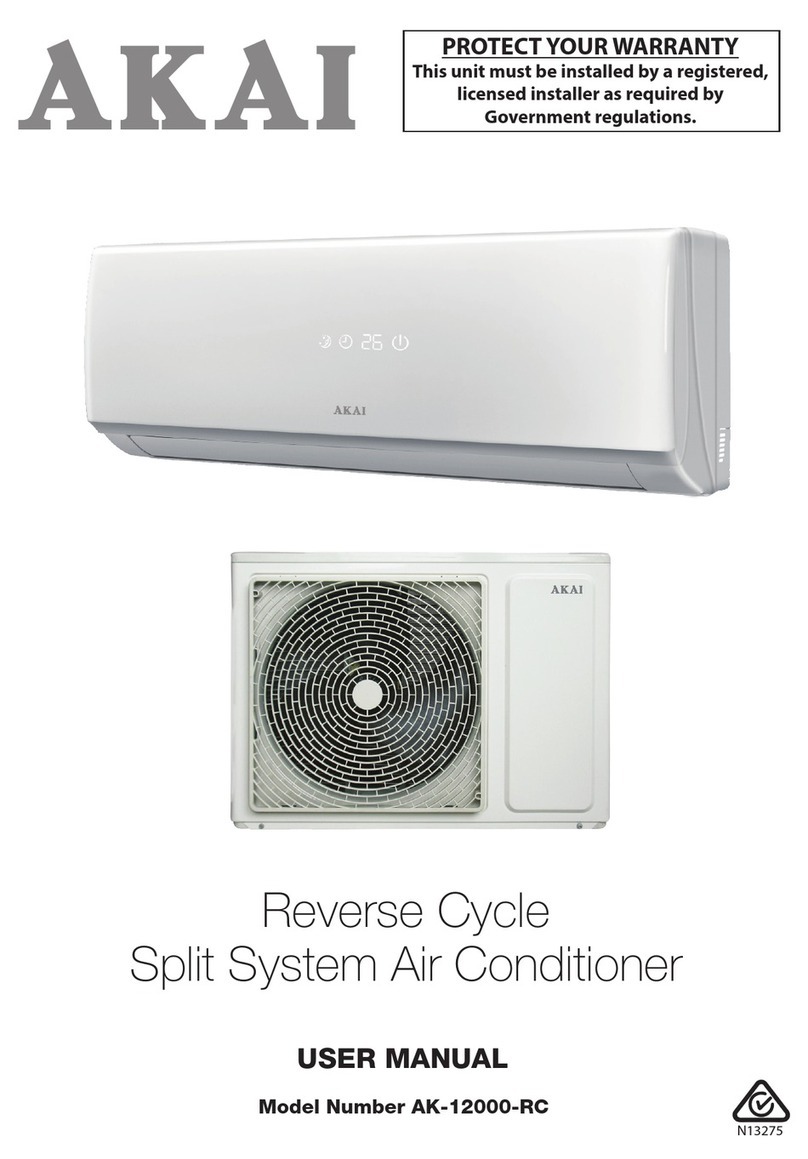
Akai
Akai AK-12000-RC User manual
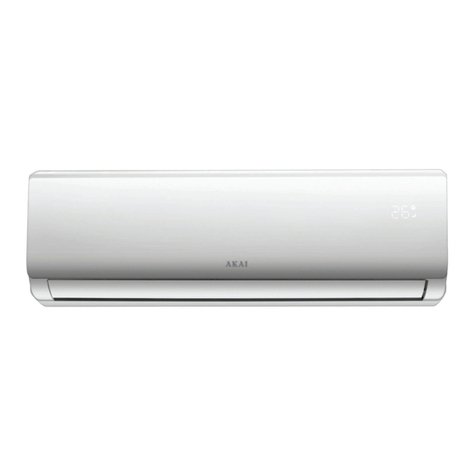
Akai
Akai AK-T70R32 User manual
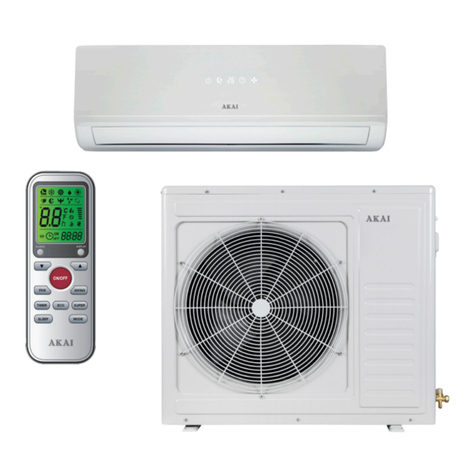
Akai
Akai TAK-9000-25 User manual
Popular Air Conditioner manuals by other brands

Fujitsu
Fujitsu ASYG 09 LLCA installation manual

York
York HVHC 07-12DS Installation & owner's manual

Carrier
Carrier Fan Coil 42B Installation, operation and maintenance manual

intensity
intensity IDUFCI60KC-3 installation manual

Frigidaire
Frigidaire FAC064K7A2 Factory parts catalog

Sanyo
Sanyo KS2432 instruction manual

Mitsubishi Electric
Mitsubishi Electric PUHZ-RP50VHA4 Service manual

Panasonic
Panasonic CS-S18HKQ Service manual

Panasonic
Panasonic CS-E15NKE3 operating instructions

Gree
Gree GWH18TC-K3DNA1B/I Service manual

Friedrich
Friedrich ZoneAire Compact P08SA owner's manual

Daikin
Daikin R32 Split Series installation manual
